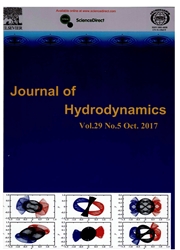

 中文摘要:
中文摘要:
%X 利用NCEP每6 h一次的1°×1°格点资料和中尺度模式WRF(V3.2),选用Kessler方案、Lin方案和Morrison双参数方案等3种云微物理参数化方案,对2010年舟曲"8.8"特大暴雨天气进行了数值模拟试验,以分析不同参数化方案对降水特征、物理量特征和云微物理特征模拟的影响。结果表明,此次暴雨过程数值模拟的准确率对云微物理参数化方案的选择比较敏感,采用Kessler方案模拟的降水特征与实况最为接近。选用不同的云微物理参数化方案模拟的物理量存在一定的差别,这可能是造成模式对降水模拟效果优劣的关键。分别采用3种方案模拟的云微物理特征存在较大的差异,Kessler方案基本再现了此次暴雨发生发展的云微物理过程。
 英文摘要:
英文摘要:
By using 1°×1°NCEP reanalyzed data with 6 h intervals,the WRF V3.2 meso-scale model is used to simulate the rainstorm process in Zhouqu county on 8 August 2010 with three different cloud microphysical parameterization schemes.The result showed that the forecasting accuracy of numeric simulation is much sensitive to the cloud microphysical parameterization schemes.For precipitation,the Kessler scheme result is closer to the real condition.The simulated physical quantity features with different schemes are different.Therefore,the choice of different schemes may clearly impact the simulated precipitation results.The cloud microphysical features with three different schemes show different results,while the Kessler schemes could basically reappear the cloud microphysical process during the development process of rainstorm.
 同期刊论文项目
同期刊论文项目
 同项目期刊论文
同项目期刊论文
 期刊信息
期刊信息
